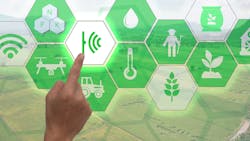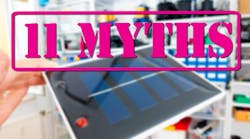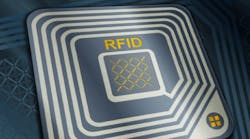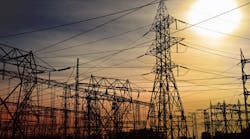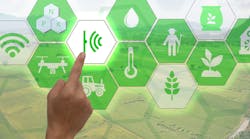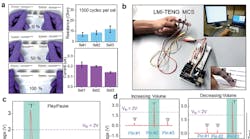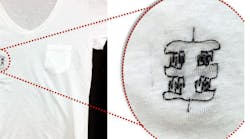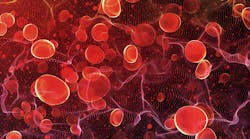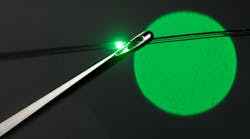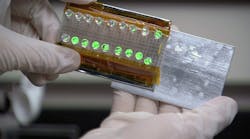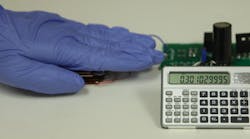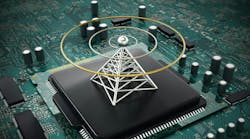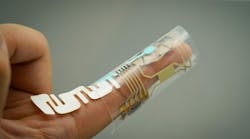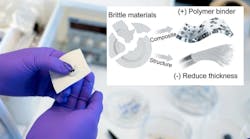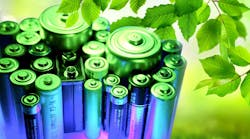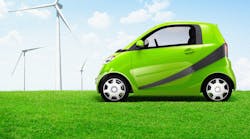Energy Harvesting
This TechXchange focuses on energy harvesting. It also addresses energy harvesting applications like IoT.
Energy harvesting is an attractive option for providing long-term power, and at low or even no cost, for circuits and systems, especially when battery replacement is impractical. However, as with almost all design options, it's simple in concept but brings issues, tradeoffs, and constraints in implementation. Despite its initial attractiveness, energy harvesting is not a “something for nothing” design option. However, it may be a “something for very little” option, or perhaps it's the only feasible option for some challenging installations.
More TechXchanges on Electronic Design
Energy Harvesting Research
Many energy harvesting designs and implementations are cutting edge. Some of these are still in the labs but may be available in the future.
